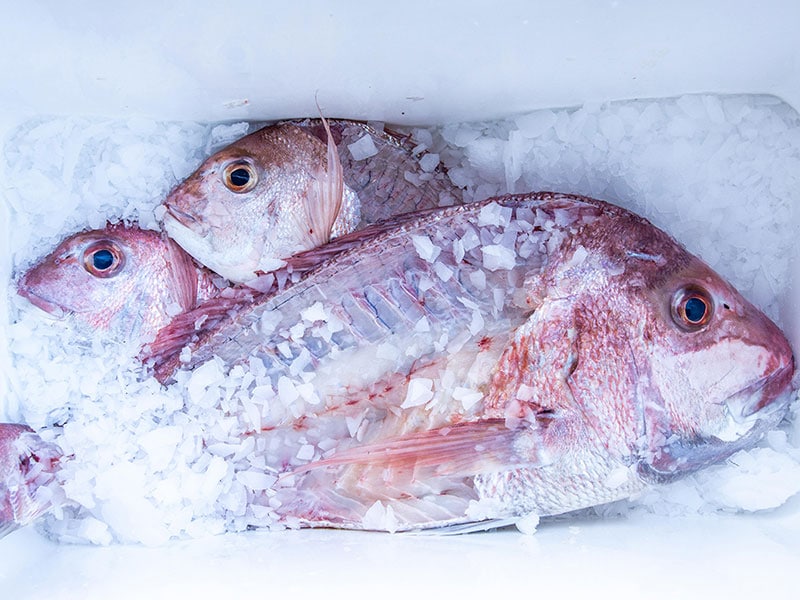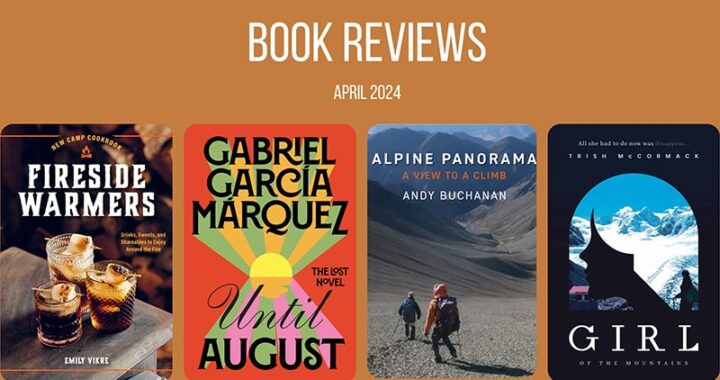Cover story: The Kai Ika Project
5 min read
The Kai Ika Project's goal is to reduce needless waste by redirecting it to destinations around Auckland where local communities can benefit from its use. Photo: Supplied
Anybody who loves to fish understands the importance of reeling them in responsibly, but are we doing enough off the water to make the most of every catch?
Back in 2016, members of the Outboard Boating Club (OBC) of Auckland began to seriously question the sustainability of sending fish heads and frames to landfill. Soon after, they partnered with the Papatūānuku Kōkiri Marae of South Auckland, LegaSea, and the NZ Sport Fishing Council to establish The Kai Ika Project. Their goal in coming together is to reduce needless waste by redirecting it to destinations around Auckland where local communities can benefit from its use. They see food insecurity as an environmental issue and now work to change people’s perception of ‘waste’. Since its inception, the initiative has recovered and found use for 150,000kg of fish parts that would otherwise be wasted.
A project with purpose
In addition to generating social, economic, and cultural benefits, The Kai Ika Project has four main goals: to minimise people’s harmful impact on the marine environment, divert unnecessary waste away from landfill, create meaningful employment, and educate others on the importance of respecting every fish they collect.
Rangatira kai for all
The Kai Ika Project manager, Dallas Abel, says it was the marae kaitiaki (guardian), Lionel Hotene, who inspired LegaSea and the OBC to ground the initiative in tikanga Māori. By adopting the traditional customs around fish heads and frames into their day-to-day operations, the project honours the Māori cultural belief of these parts as rangatira kai (chiefly food).
Dallas says fish heads are also revered as a delicacy among Polynesian communities.
“These cultures have adapted to hundreds of years of consuming kai moana. The Kai Ika Project connects these communities with culturally appropriate food.”
Marae whānau

Papatūānuku Kōkiri Marae is situated at the heart of the project’s operation with most of the kai moana being distributed from the site.
“The entire marae whānau, led by Lionel Hotene and Valeria Teraitua, are the frontline of collections and distributions. Distributions also occur via a network of community organisations, including Manurewa Marae, Nga Hau e Wha marae, Hoani Waititi marae, Hoani Waititi Te Kura, and local churches and clubs,” says Dallas.
Catch and renew
The collection process involves whānau rescuing the undesirable fish parts and repurposing them in the community.
“We smoke fish every Monday and produce a high-octane, protein-rich fish stock and soup. These products are shared with appreciative communities, helping the public understand that these fish parts can be transformed into delicious meals. We are also currently developing a 100% organic fertiliser using offal (inedible fish parts) that were previously buried in the Marae community garden, adding to our maximum utilisation kaupapa.”
Lockdowns lifting demand
Dallas says the demand for kai moana continues to rise.
“Collections have increased from 17kg a week to more than 1500kg a week, from multiple sources.”
He credits COVID-19 for having a positive effect on the project despite recreational fishers’ inability to get on the water. Although the restrictions eliminated their original supply source, distributions made in March this year were more than 400% greater than those made in March 2020.
“COVID-19 restrictions meant our original supply source was eliminated. Two commercial fishing businesses, Moana New Zealand and Sanford have since come aboard, supplying large quantities of kai moana. More recently, another retailer, Scott Seafood, has committed to reducing their fish waste to zero percent by enabling us to recover all unwanted fish parts.”
Supporting supply
Scott Seafood is, both, a generous supplier and partner to the project, who ensured nothing would go to waste during the recent snap lockdown. The crew at Kai Ika were offered unlimited access to their processing facility and freezer space to stockpile fish for later distribution.
The Bobby Stafford-Bush Foundation has also supported the project by donating funds to purchase a refrigerated truck.
“We can now safely transport hundreds of kilos of fish parts every week. The Kai Ika Project is only possible thanks to the ongoing confidence and support of our partners and grant providers.”
Win-win operation

Another key aspect of their operation happens out of The Kai Ika filleting station at Westhaven Marina. Alround Sheetmetals constructed a custom, solar-powered trailer for the project, which is permanently located at the Z Pier.
“This means returning fishers can easily access expert filleting services for a small fee, and we take all the unwanted parts. It’s a win-win enterprise. We also offer a commercial-grade knife sharpening service. This is very popular with the Westhaven community.”
One hundred percent of the money raised by these services is invested back into the project, allowing Kai Ika to continue to grow and do even more.
“OBC continues to apply their waste minimisation approach through their filleting station. We provide OBC members our expert filleting service during summer weekends and for their fishing competitions and community events. Thanks to them and their members’ commitment to our kaupapa, we have recovered and shared thousands of kilogrammes of kai moana to our appreciative community,” says Dallas.
A new trailer, fully equipped to use at events, is due for completion this September.
Treasured teammates
Many hands make light work at Kai Ika. The team – comprising employees and volunteers – fillet, process (remove gills, guts, break down heads, wings, and frames), and distribute the fish across the community. With more than 30 years’ experience in processing, lead filleter Dave Ahoia, shows them all how it’s done by working with ‘ninja’-like efficiency.
“On a busy Friday morning in the middle of summer our team at the Z Pier trailer will fillet hundreds of fish,” Dallas says. “The spare fish parts from Westhaven, OBC, Moana New Zealand, Sanford, and Scott Seafood are picked up by the crew from Papatūānuku Kōkiri Marae and taken back to South Auckland for distribution. A text message is then sent to the community advising that fish is available. Usually, within minutes, there is a line-up of cars and families waiting patiently for a chance to receive this treasured kai moana.”
The Kai Ika Project is more than just a charity. The initiative started from the quest to find use for discarded fish parts and has now evolved into a project that distributes unwanted seafood while simultaneously generating employment and positive environmental awareness.
Words by Katie White



